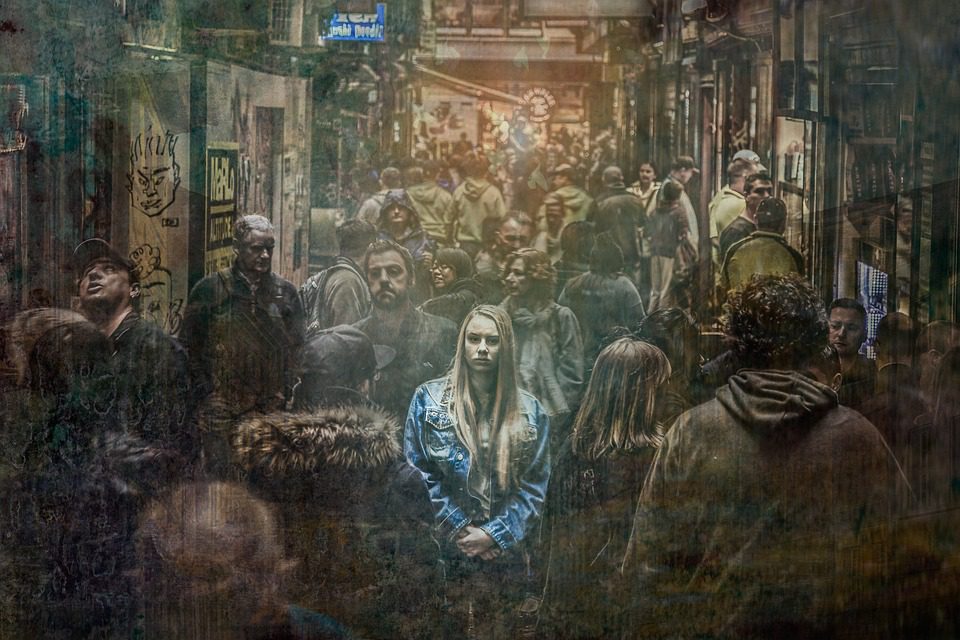

A Jungian approach to anxiety and depression differs from conventional methods in that conventional therapy treats anxiety and depression as though they are the problems in and of themselves. From a Jungian perspective, anxiety and depression are not the problems per se but rather they are symptomatic expressions of an underlying imbalance in the whole person.
As Jung said, “One cannot treat the psyche without touching the person and life as a whole … any more than one can treat the sick body without regard to the totality of its functions.” For example, a fever signals an infection, something which causes a state of imbalance in the body. The problem is not the fever, it’s the underlying infection.
If we’re plagued by anxiety or depression, that too is symptomatic of an infection, only the infection is psychogenic, typically stemming from an imbalance in our conscious attitude. Psychological balance can only be restored when we integrate the underlying unconscious contents, again which express themselves symptomatically as anxiety or depression.
But how do we get at those underlying contents? First by paying attention to the feeling tone of our moods. And second, through careful observation of our dreams.
Taking Jung’s energetic conception of psychology into account, we work with anxiety and depression as expressions of psychic energy, energy Jung called libido. Libido is another word for life force or vitality. It is the energy we need, not only for our daily lives, but also to realize our full potential as human beings. Energetically speaking, in a depression, our vitality sinks downward into the unconscious, as if it has run away from us. Libido is never lost, however; it just gets trapped somewhere in the unconscious, say, for example in an autonomous complex.
For instance, the experience of depression is characterized by a loss of vitality in one’s consciousness, and, therefore, a withdrawal from participation in conscious life. In a real person, depression, persistent depressive disorder, lack of enthusiasm and initiative, as well as other forms of libidinal inertia are common symptomatic expressions of the negative mother complex. The psychological energy a person needs is trapped in that negative mother, the release of which comes only with the dissolution of the autonomous complex, something we can see in dreams of a mother dying, as in the following dream of a depressed woman.
I go to my mother’s home and discover that both she and my grandmother have died tragically, but their cat is still alive.
The symbolic death of the mother and grandmother means that something in the dreamer’s depths has been transformed through her analytical work. The dreamer’s soul, symbolized by the cat with her many lives, has survived the tragedy. Here the death of the mother also allows the potential for the healing re-constellation of the Mother archetype.
With anxiety, our life force is split in too many directions, again often entangled in our myriad autonomous complexes. Again, we can recover our vitality by paying attention to our dreams because they show us in symbolic form the curative solution to the problem. Take the following dream of a woman who suffered from chronic anxiety:
A group of people came into my home. Two small, dark-haired women and several men. One of the men was dressed in black and notorious for cruelty. The women had me on a chain, connected to a collar around my neck. They were pulling me around the back yard, mocking me. I felt afraid and I could do nothing to stop it.
We see the personification of her anxiety in the form of home invaders who mock and threaten her existence. Now, let’s look at the lysis of her dream:
Suddenly, I remember that I know Kung-Fu and I maneuver the chains around their necks and kill them by their own device.
I turn toward the man, expecting trouble, but instead he says, “Now, tell me about your work. What have you written lately?”
The dreamer was a writer, who after a series of personal and professional letdowns, had all but given up on her craft. The two women were personifications of her mocking inner dialogue. And the man in black, her animus, a creative spirit that she had been ignoring and thus he had turned dark and aggressive. The curative symbolic message here is quite clear. The dream shows us what the woman must do to heal herself: first she must overcome her inner critics, symbolized by the two mocking women – only then can she recover her creative spirit. The outcome was that her anxiety eventually dissipated.
Our heroic task, when confronting any problematic situation, is to become conscious of the demand coming from inner life – a demand which pushes upward from the depths of the unconscious in the form of painful external conditions and psychological disturbances that leave us groping in the dark. In the wise words of Jung, “As far as we can discern, the sole purpose of human existence is to kindle a light [of meaning] in the darkness of mere being, because “where meaning prevails, order results.”
Sooner or later life takes us to the swampland places, like anxiety, depression, loss, and addiction. We might feel victimized at first but the course Swamplands of the Soul, taught by the incomparable James Hollis, offers insight into why the psyche by times ‘refuses’ to cooperate with the agenda of our conscious lives. How can we respond to these difficult times in life? Learn More Here.
Quotes taken from
1:Jung, C. G., The Practice of Psychotherapy, Collected Works Volume 16, page 175.
2:Jung, C. G., Memories, Dreams, and Reflections, page 326.
3:Jung, C. G., The Structure and Dynamics of the Psyche, Collected Works Volume 8, page 922.
